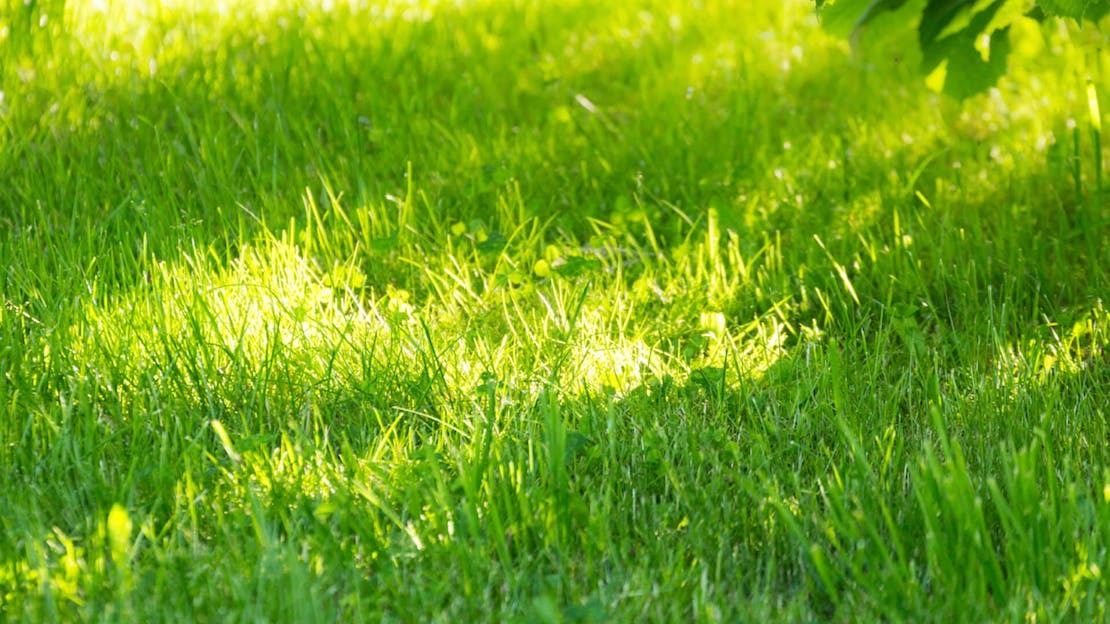Creating New Lawn
Whether you’re after a play lawn or bowling green everyone will follow similar procedures and methods, though the enthusiast may take two or three times longer over it! Do it right and it'll be easy to maintain; cut corners and you'll regret it!
